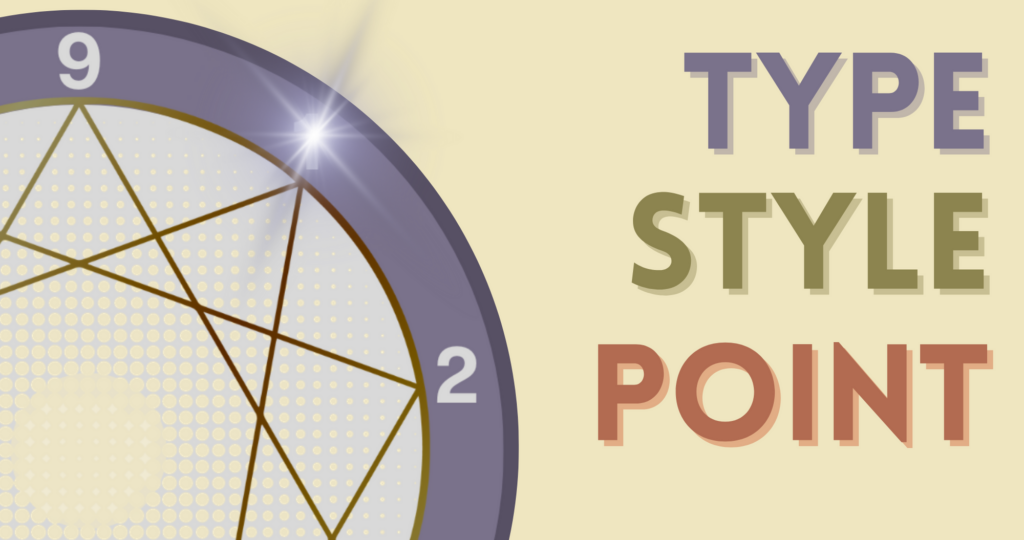What’s in a name and does it matter? You decide! When we speak about and teach the nine numbers of the Enneagram, how do we call the numbers: type? style? point? There are other names sometimes used, but this...

What’s in a name and does it matter? You decide! When we speak about and teach the nine numbers of the Enneagram, how do we call the numbers: type? style? point? There are other names sometimes used, but this list is a good start.
Why and why not Enneagram type?
“Type” means a category of people or things that have something in common; a particular kind, class or group. Certainly, the nine Enneagram types fit this definition, with each type having a specific and shared worldview, mental and emotional pattern, many behavior patterns with variations expressed through the three subtypes of the type, and a pervasive, shared motivation structure.
Other systems in current use (MBTI, DISC, etc.) often use the word type, so using type for the nine Enneagram types makes the Enneagram more relatable as a profiling system. Of course, the Enneagram is far richer than a profiling system, but to get acceptance in many environments, using the word Enneagram type potentially increases familiarity with and reduces resistance to the Enneagram.
There are also good reasons to not use the word “type.” The main reason is that the word type can make people feel restricted, boxed in, or over-labeled. Although the Enneagram does not actually do this – it is a system of liberation from unconscious constraints – the word type may suggest boxes, restricting labels, etc.
Why and why not Enneagram style?
“Style” means the manner of doing something; a distinctive mode of expression. The main advantage of using the words Enneagram style is exactly that. People learning the system are less likely to feel they are being put in a box.
However, the flexibility implied in the word “style” is also its biggest disadvantage. It can lead people to believe that they can change their Enneagram style, just as they can change their fashion style or their hair style. Growing and transforming using our Enneagram number and the system is what we strive for. But changing our type? Not possible.
The other issue that emerges with the use of Enneagram “style” is that the word style becomes highly repetitive in teaching, and especially in writing when describing communication style or leadership style: Enneagram style, Communication style, Leadership style.
Why and why not Enneagram point?
Finally, there is the word Enneagram “point.” What’s the point of using the word Enneagram point? I think point makes sense as a word to use if we view the symbol. Each Enneagram number has two lines pointing to it; the place where the two lines come together is a point.
That said, unless the word point is explained, it could be confusing for people learning the Enneagram. What is the point of the word point?
What to consider…type.style.point
The most important issue is the consistency of word choice. No matter which word you use or some other word you prefer, people learning the Enneagram will more than likely get confused if we use type sometimes and interchange it with style or point. My strongest suggestion is to select the word that makes sense to you in the context in which you are using it, and then be as consistent as possible. By the way, I use the word “type” most often, but I also use the word “ego-structure” more often these days.
Ginger Lapid-Bogda PhD, author of nine Enneagram books, is a speaker, consultant, trainer, and coach. She provides certification programs and training tools for business professionals around the world who want to bring the Enneagram into organizations with high-impact business applications. TheEnneagramInBusiness.com | ginger@theenneagraminbusiness.com
The post Type.Style.Point appeared first on The Enneagram in Business.



